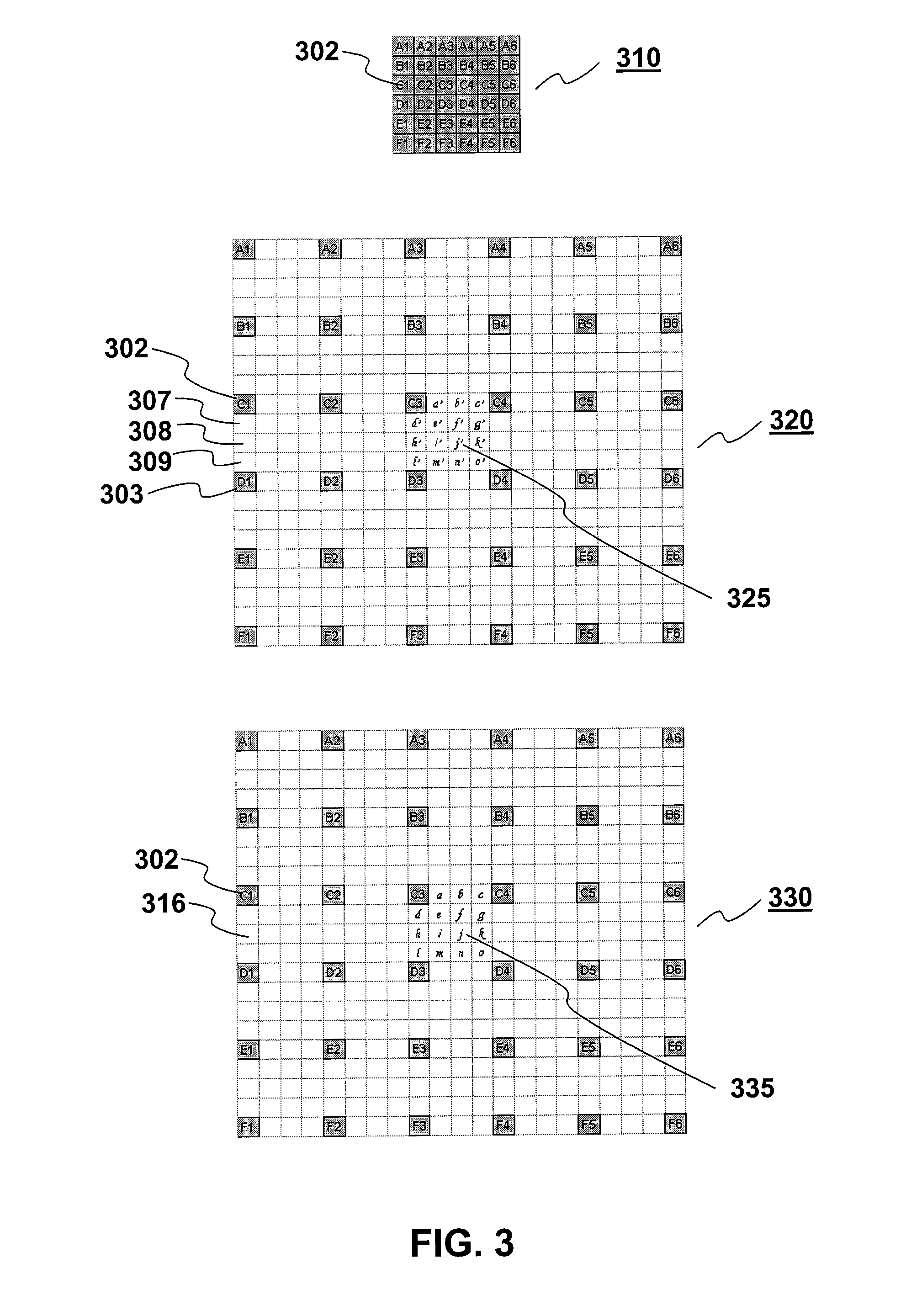Method for motion compensation
a motion compensation and video compression technology, applied in the field of video compression, can solve the problems of inability to capture small motions and high complexity, and achieve the effects of reducing the complexity of interpolation, improving performance, and reducing the amount of data required
- Summary
- Abstract
- Description
- Claims
- Application Information
AI Technical Summary
Benefits of technology
Problems solved by technology
Method used
Image
Examples
Embodiment Construction
[0019]One embodiment of the claimed invention is to carry out the interpolation of a video frame for motion compensation in two steps as shown in FIG. 1. For interlaced scanning, each image in a video is made up of 2 fields. But for progressive scanning, each image is referred to be a frame. Therefore, these 3 terms: image, field and frame represent a still image in a video—a screenshot at a particular instance and can be used interchangeably throughout this disclosure. As shown in FIG. 1, after passing through filter 101, the resolution of frame 115 will be increased to that of frame 126 up to subpixel level as an intermediate subpixel image. Then frame 126 is further processed by filter 108 to obtain the desired output frame 133 as a reference subpixel image but this time the resolution remains the same as frame 126.
[0020]According to the claimed invention, FIG. 2 further illustrates that in the 2-step filtering process, the first filter in use is a fixed filter 240 and the second...
PUM
 Login to View More
Login to View More Abstract
Description
Claims
Application Information
 Login to View More
Login to View More - R&D
- Intellectual Property
- Life Sciences
- Materials
- Tech Scout
- Unparalleled Data Quality
- Higher Quality Content
- 60% Fewer Hallucinations
Browse by: Latest US Patents, China's latest patents, Technical Efficacy Thesaurus, Application Domain, Technology Topic, Popular Technical Reports.
© 2025 PatSnap. All rights reserved.Legal|Privacy policy|Modern Slavery Act Transparency Statement|Sitemap|About US| Contact US: help@patsnap.com



